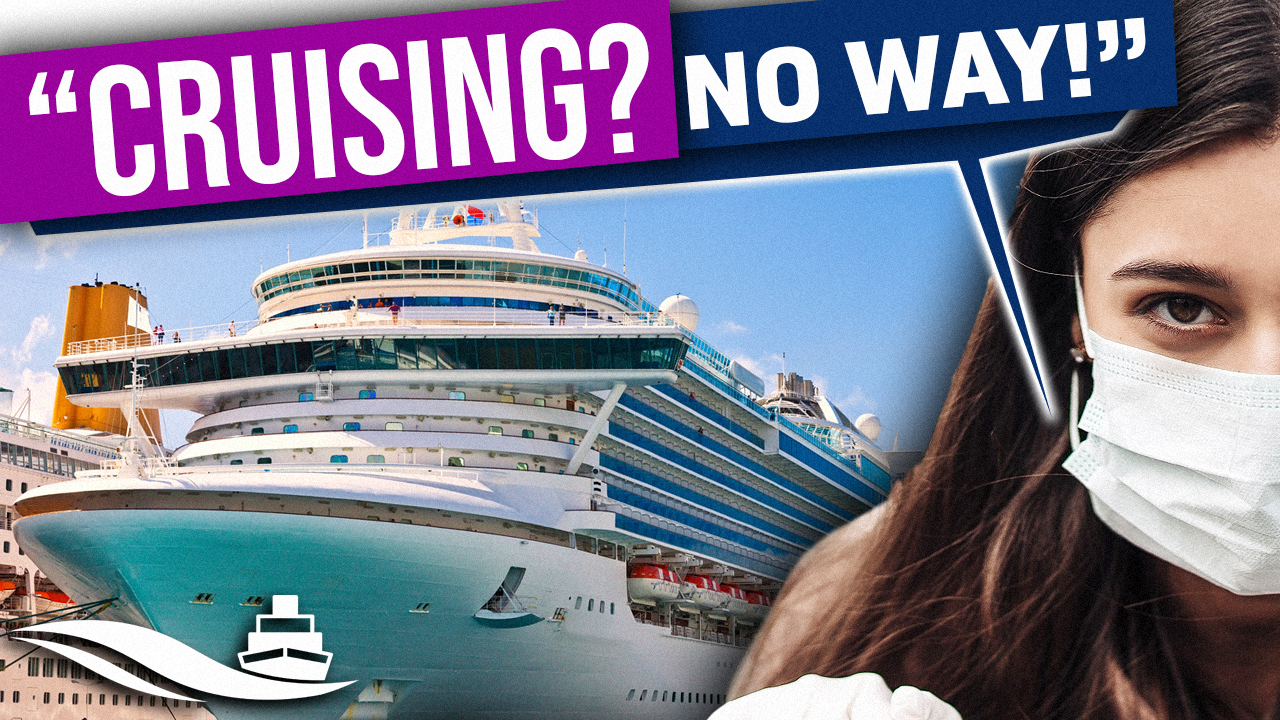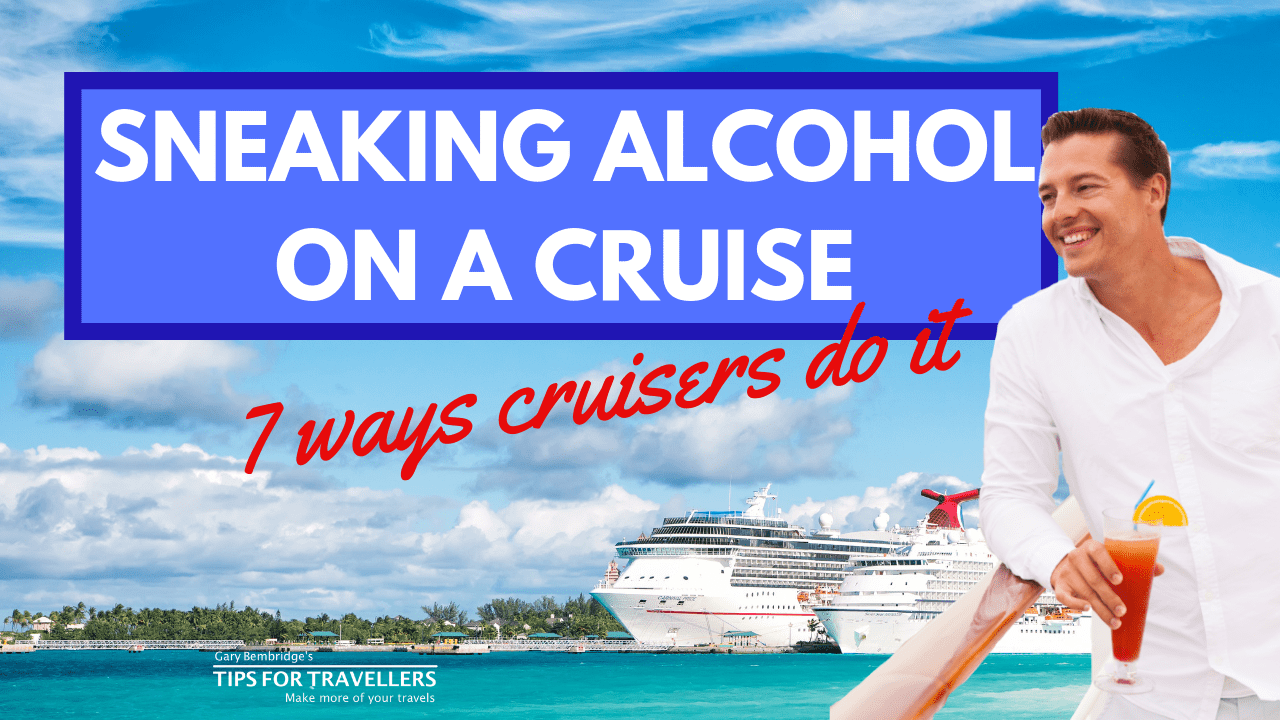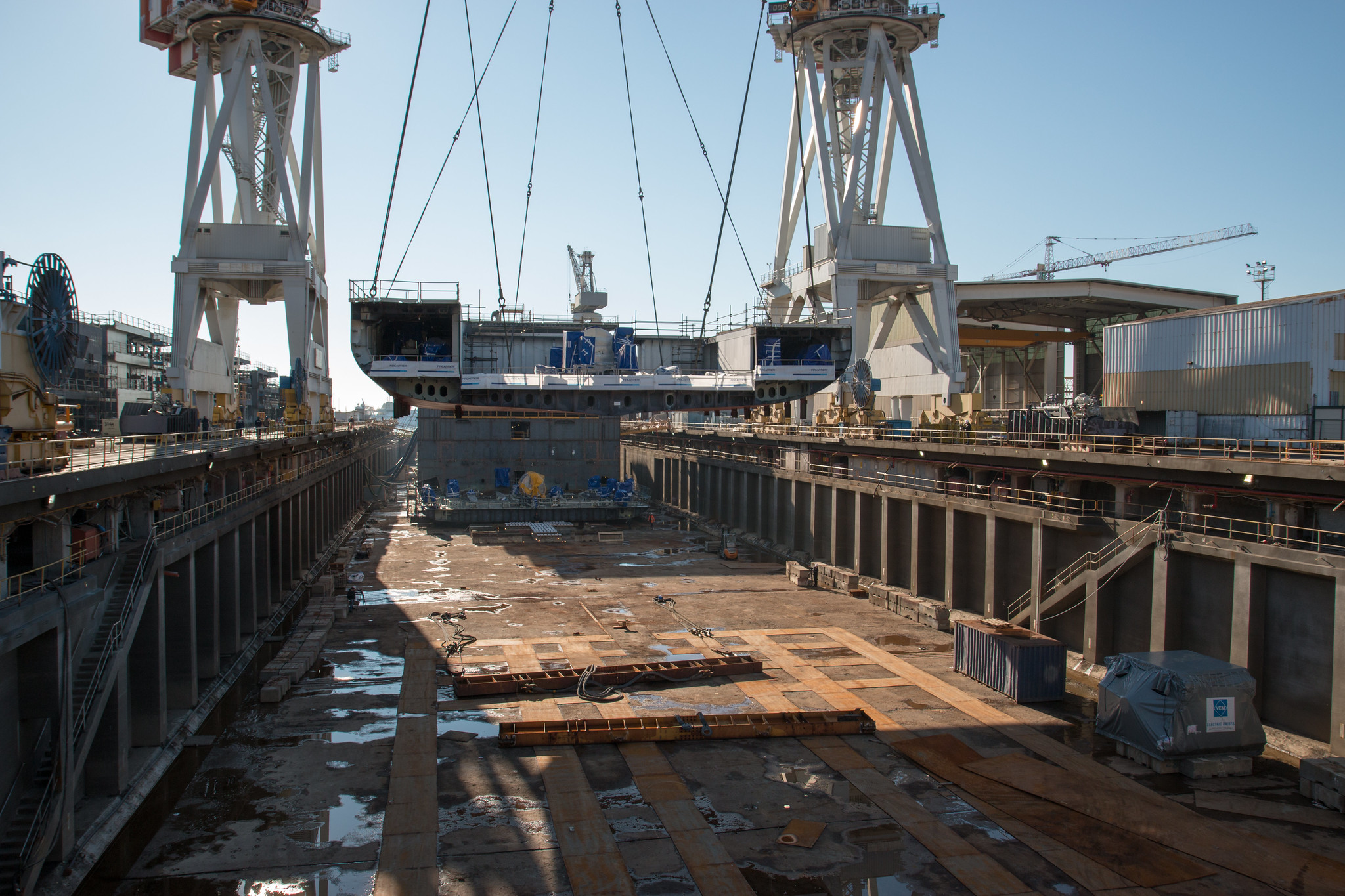Things That Make No Sense On A Cruise Ship
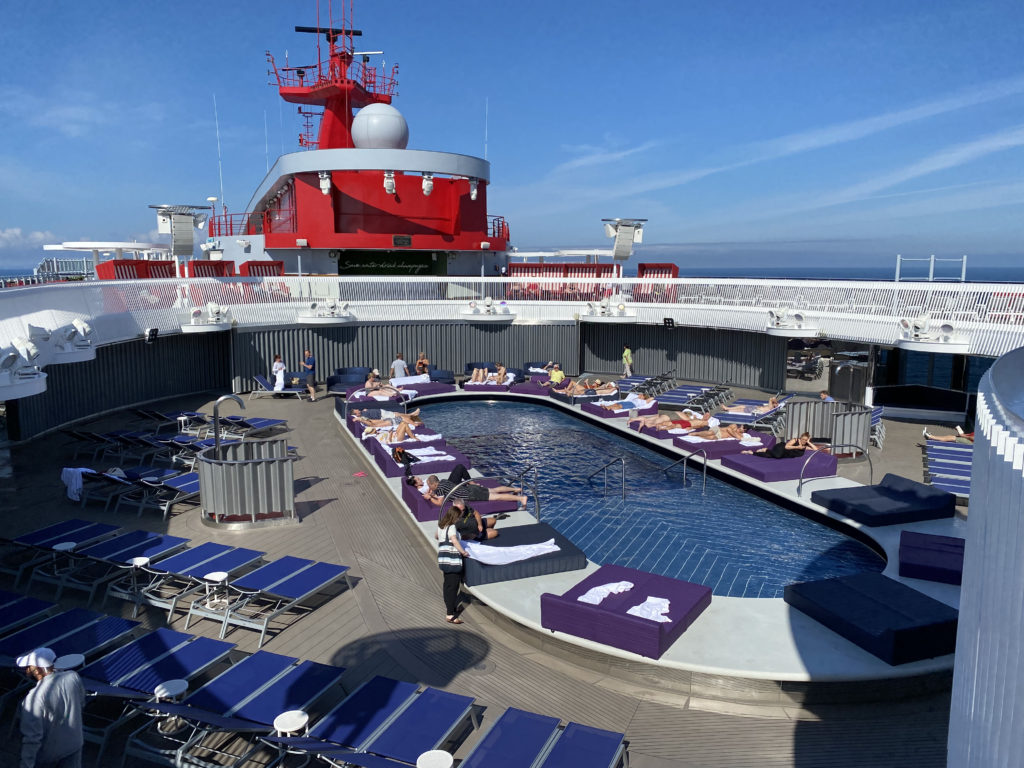
Things That Make No Sense On A Cruise Ship
This was all sparked by a swimming pool on Virgin Voyages Scarlett Lady. Just after I boarded, I was looking at the pool wondering why on earth it was so small for a 2,770-passenger ship. What were the ship architects and the line doing? And why on earth had they done it?
It got me thinking about other things I have seen on cruise ships that seem a bit off, or odd, so I went on a mission to find out why. These are things that make no sense on a cruise ship.
Size is everything
So, why are cruise ship pools, like the one on Scarlett Lady, so small?
On every cruise ship I have been on, the pools are small, especially in relation to the number of people on board. When I stay in a Las Vegas resort, the hotels with 5,000 guests have vast pools, but not so on a ship of similar passenger numbers.
At best they will be around 20‘x 40‘x 5‘deep.
Small pools
I found there are three reasons for that. First, water is extremely heavy, and the water in that modest sized pool weighs around 250,000 pounds. This risks making the ship top heavy and challenging to sail and keep stable.
So, size needs to be limited and then the pools must be in the middle of the ship and dead centre of the deck to help with balance. The ones at the rear will be much smaller.
That is also why you always see hot tubs mirroring each other, with one on both sides of the ship in the exactly the same position to balance out the weight.
Top heavy
Second, the more weight at the top of the ship, the more counterbalancing weight must be added to the base of the ship to keep it stable, which wastes more space lower down.
To get around this problem, the old cruise liners from the 40s, 50s and 60s, like Cunard’s Queen Elizabeth 2, used to have the pool inside and at the very bottom of the ship. In QE2’s case it was actually around the water line.
Nowadays, passengers expect pools to be out in the sunlight and so they must be at the top of ship. This magnifies the risk of throwing the ship off balance in rougher weather when the water starts moving around.
That is also why they are often drained and emptied when seas are rough.
And thirdly, real estate and space is at a premium on a ship, and lots of deck space is needed for guests like me to lie out in the sun and keeping the pool small means more space for that.
One way cruise lines disguise the small size of pools is by having that areas around pool that has just a few inches of water. It creates the effect of having bigger pools, and practically more passengers can cool off.
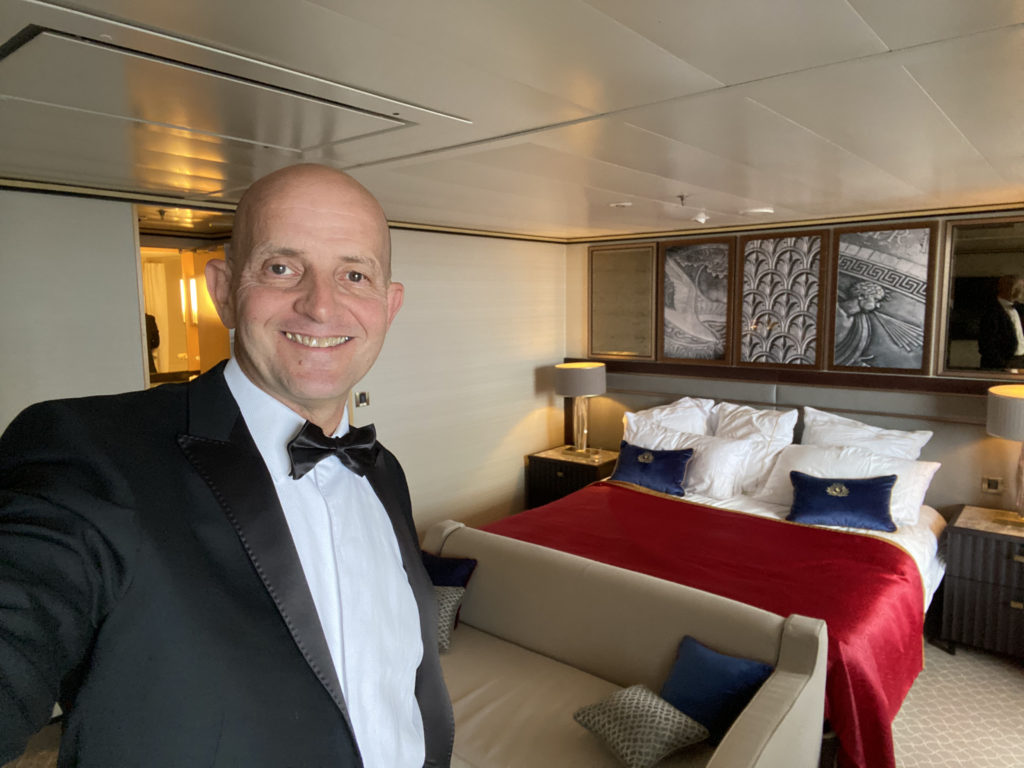
Wrong location for luxury
The next oddity is that any premium cabins or suites I have stayed in are in some of the worst parts of a ship. The worst for movement and risk of getting seasick.
I once had dinner with a ship architect at a Silversea shipyard event, and he told me that there are two problems he faces with adding suites to cruise ships.
First, he is required by the lines to put suites high up and in the front (forward) and rear (aft) of the ship as that’s is where the views are best, and what premium passengers expect.
He said the best place for premium cabins, which would have the least movement, and the smoothest sailing even in rougher weather would be low down, ideally deck 6 or 7, and in the middle of the ship.
I remember seeing that in action when in rough seas on Queen Victoria sailing between Hawaii and New Zealand. Our cabin was midships and we had not really felt it much, but we were invited to a cocktail party in the best cabin (a Q1) at the rear of the ship and higher up and we struggled to stand as the ship moved up and down in the waves.
The second issue he faced, was that suites tend to have marble bathrooms and lavish features, all of which are heavy and add more weight (as we saw with swimming pools) to the top of the ship that need to be counterbalanced to stop the ship being top heavy and less stable.
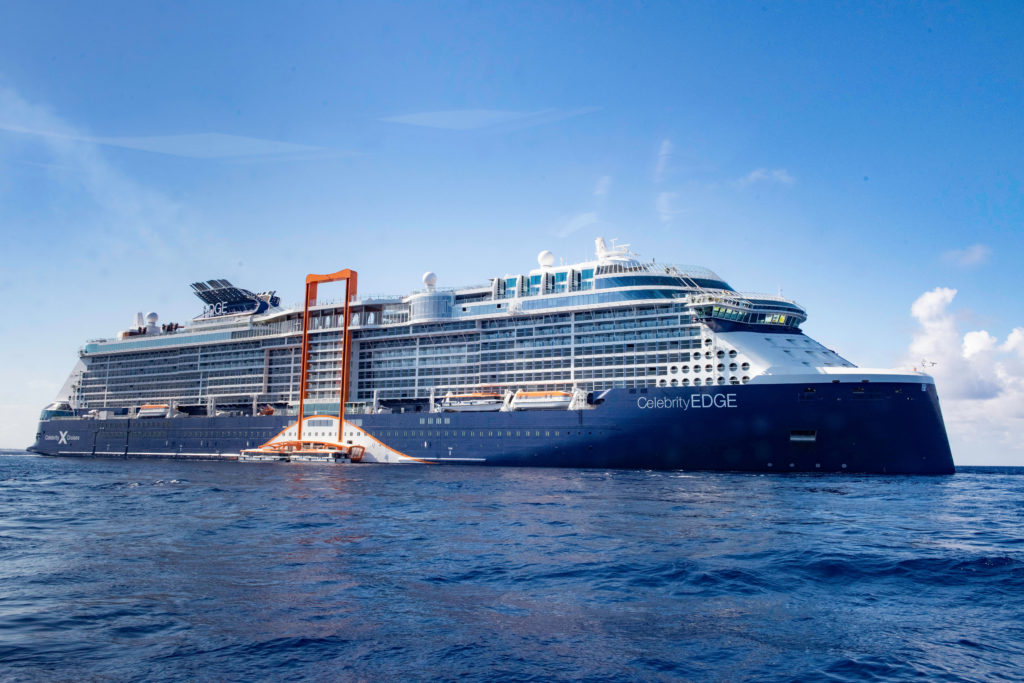
Magic carpet ride
One cruise ship addition that seemed like an unnecessary gimmick to me at first, is the so-called “Magic Carpet” that first appeared on the side of Celebrity Cruise’s Edge class of ships.
Much was made of its dining and bar features and that it can move up and down the side the ship to create different dining experiences. But it did seem a rather unnecessary and costly add on, all while making the ship unsymmetrical design wise as it is only on one side of the ship.
However, I discovered it is there to solve a major problem and bottleneck when cruising, and that is getting passengers on and off the ship when they must tender.
Tendering is when ships cannot dock in a port, and the ship must ferry guests to and from land to go on tours and explore. It’s a time-consuming and frustrating experience both for the crew and passengers.
The real role of the “Magic Carpet” is to solve that problem, not provide new dining and bar options. That is a bonus. It is lowered to sea level when moored and provides a huge platform to process guests on and off the tenders at greater numbers, and means the ship now carries larger tender boats to carry many more guests per trip.
As ships get bigger and bigger, and ports busier, they often must tender guests, and this improves and speeds all that up.

Crew of Queen Mary 2 Crossing The Line Ceremony
Tipping point
Another odd aspect about cruising and cruise ships is how gratuities, or tips if you prefer to call them, have changed over the last 15 years since I started cruising, from a discretionary reward I gave to selected crew members for great service, into a compulsory charge.
I no longer am left to decide how much, and which crew members I give tips to. The lines have turned them into part of the cruise fare effectively, with a fixed rate charge per person per day, and I must either pre-pay them before boarding, or my on-board account is charged each day. It is not linked to service I get, and I cannot say who gets them.
This is not how it works on land. I don’t hand over a tip before I get service at say a land-based restaurant, only afterwards.
So why have lines done this?
Gratuities
Gratuities have traditionally been a key part of crew earnings. They earn a base salary, but tips increase what they take home significantly.
The lines argue they moved from the totally discretionary approach which meant some passengers would not pay any tips to this system to assist crew by ensuring all guests were contributing into a tips fund, and to ensure a wider pool of crew benefited.
However, it means lines have taken control of gratuity money. They now have a sizeable pot of money to use and allocate as they want to. Sceptics argue this means they can now keep crew base pay that they cover low and minimise the cost for the line, as they now have these funds to top up wages.
I’d like to think it is the first, but many crew I talk to say they preferred the old approach.
Gratuities have been turned in cruising from a bonus I can give to selected crew members for good service to a thinly disguised base salary top up that the cruise line now controls and manages. It may make sense for the liens, but feels it has come at a cost to us passengers in both money and control.
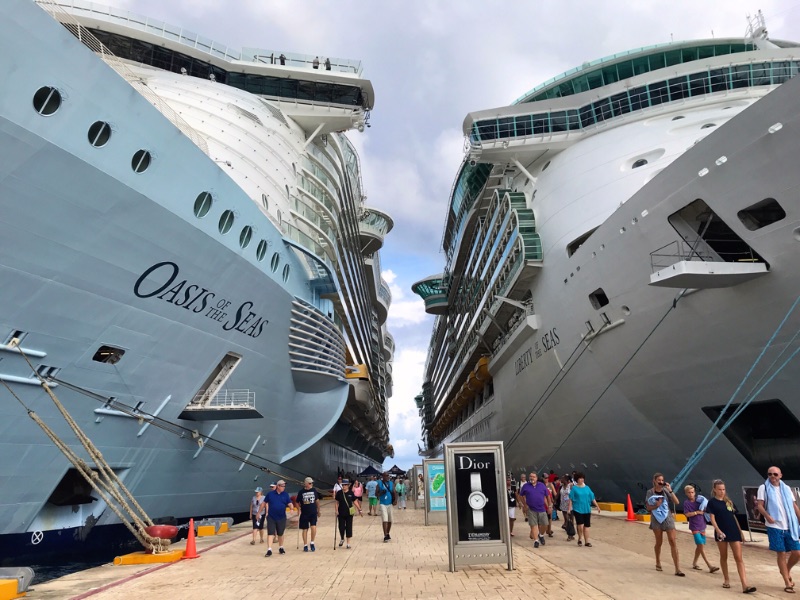
Buy, buy and buy
Another feature of cruise ships, even the ultra-luxury ones, is as soon as I step on board the selling begins to get me to spend, spend, spend.
Tables with goods outside stores, constant flyers in the cabin offering drinks of the day, jewellery, watches, spa treatments and it just goes on and on, and everywhere you turn someone is trying to sell you something. Why do they do this?
This is, as I found, because of the way the cruise business model has evolved. A key chunk of cruise line profits now come from what people spend on board, not the fare itself.
More spending
Industry reports say that people like me will spend between 50% and 100% on top of what my fare is once I am on board. This includes things like for drinks, Wi-Fi, excursions, spa treatments, shopping, bingo and so on. These have high margins and is a key part of the cruise line’s profits.
Lines always try to sail full for that reason. They will aim to fill every single cabin, even if they must discount them, because so much is made on board.
You can see just how much they make from these extras, by the increase in fares when Celebrity Cruises moved to be more all-inclusive and Holland America brought in their “Have It All” fare, which includes an excursion, signature drinks package, 1 speciality dining and Wi-Fi, I saw fares increase by up to $350 per person for a 7-night long cruise in those lines.
ABOUT TIPS FOR TRAVELLERS
—————————————–
Gary Bembridge’s Tips For Travellers aims to help you make more of your precious travel time and money on land and when cruising the oceans or rivers of the world. To help you, in every video I draw on my first-hand tips and advice from travelling every month for over 20 years and average of 10 cruises a year.
BECOME A TIPS FOR TRAVELLERS MEMBER
————————————————————
Sign-up as a Channel Member to get perks: https://www.tipsfortravellers.com/Join
Become a Patron on Patreon and get perks: https://www.patreon.com/tipsfortravellers
BUY MY CRUISE-THEMED T-SHIRTS
————————————————
Check out my T-Shirt range: http://bit.ly/TFTStore
FOLLOW ME ON SOCIAL MEDIA
——————————————-
- YouTube: http://www.youtube.com/tipsfortravellers
- Twitter: http://www.twitter.com/garybembridge
- Facebook: http://www.facebook.com/tipsfortravellers
- Instagram: http://www.instgram.com/garybembridge
- LinkedIn: https://www.linkedin.com/in/bembridge

